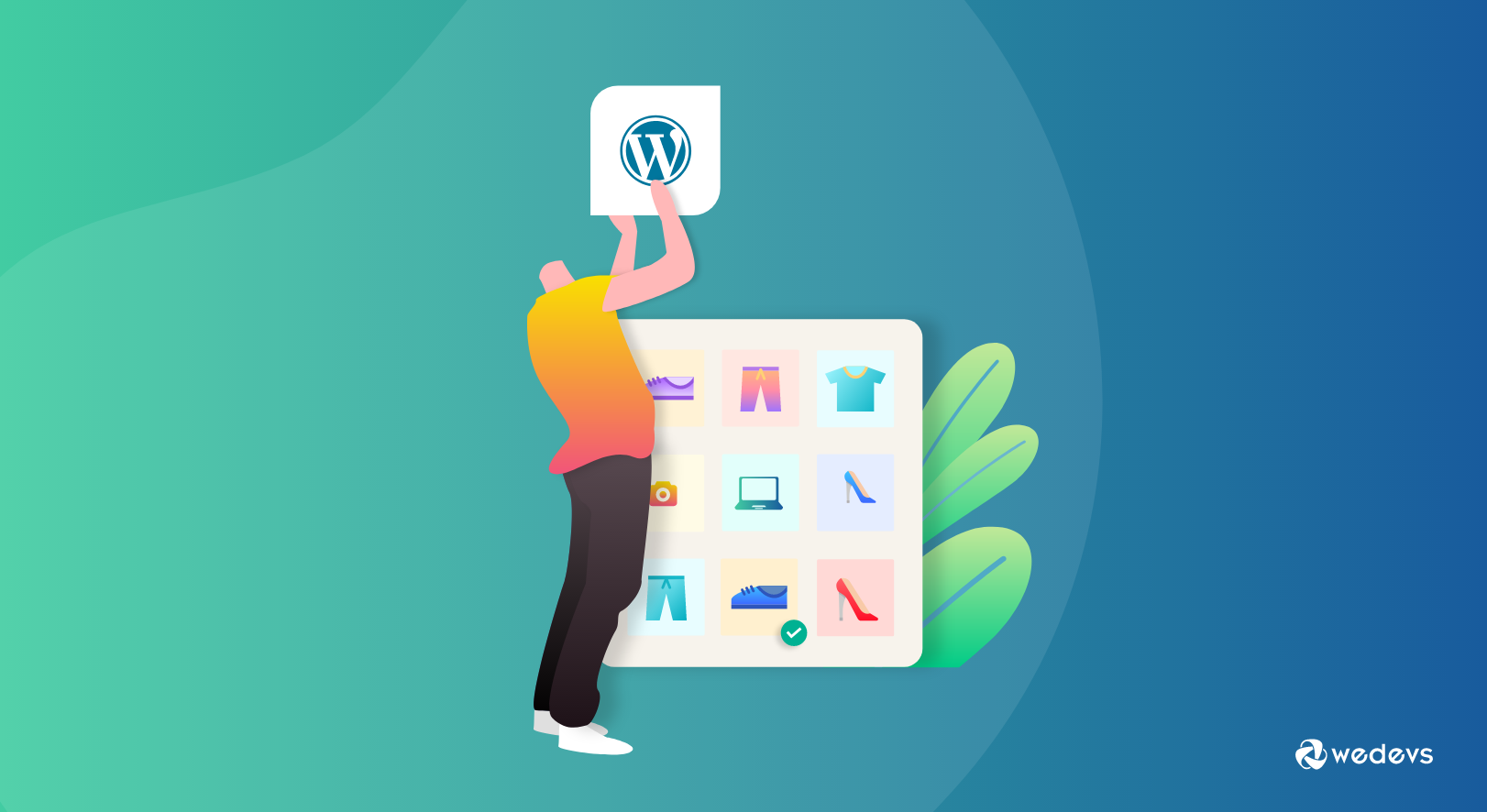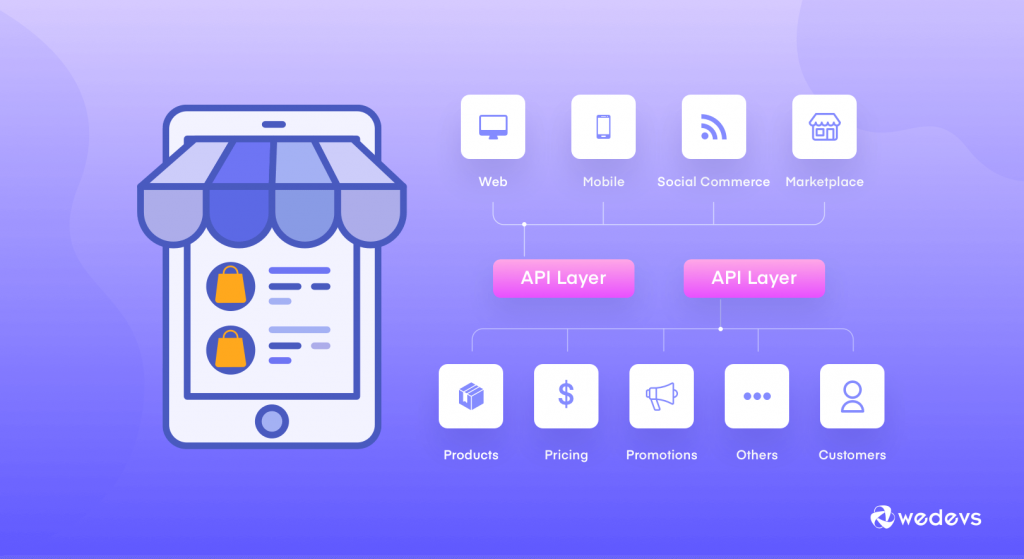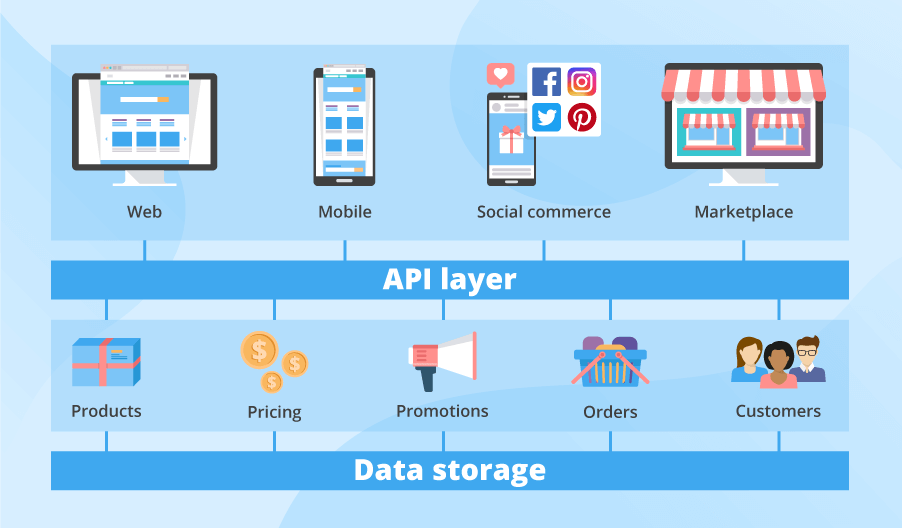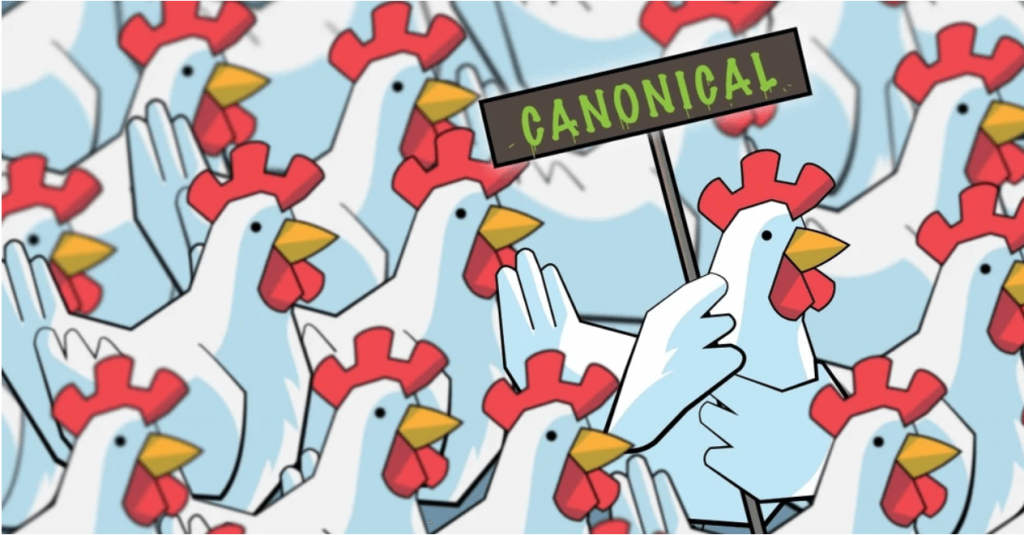
Things You Should Know about Headless WordPress (with Some SEO Hacks)
Do you like to stay on a website that takes much time to load? Well, everyone knows the answer. There is a strong relationship between conversion rate and site performance. And, that's where Headless WordPress comes to the rescue!
If you are not a developer, it might be confusing to untangle specifically what this term indicates.
So, to make the whole thing clear like crystal, we have executed this blog for you. We hope all your questions will find the exact answers after going through the article.
So, let's dive 😉!
Getting Introduced with Headless WordPress

Right now, over 30% of websites are powered by WordPress. It's the most popular CMS in the world for its super user-friendliness.
In this monolithic CMS front-end and backend are tightly attached. That means you can't customize your backend individually. It will impact your front end.
But you can work on each side independently if you go for Headless CMS. WordPress Rest API will help you to craft your content management.
For using this API system people are moving into Headless eCommerce. The main theme of Headless CMS or commerce is to apply API as a bridge between frontend and backend to transfer digital data so quickly.
CMS and Headless CMS: How Things Work
CMS (Content Management System) is a flawless solution for building and operating online content. You may know a website has a frontend and backend. The frontend is the presentation layer to the audience and the backend is the place where developers customize the site.
The Headless platform always splits the head or front end. Now you can handle both frontend and backend separately. Why this separation? Well, you can move your content from one place to another smoothly.

For instance, by using Headless CMS you can post your new content to
- Your website
- Google Calendar
all at the same time. Isn't it fascinating?
You may have a question, How do all these relate to the WordPress website? The answer is a bit large.
In 2016, to make the Headless site, the WordPress developer invented the Rest API. Most of the WordPress themes can turn into Headless using this technique.
It enables the user to keep the current WordPress website and enjoy advanced trendy technology.
Benefits of Headless WordPress and Reason Behind Its Popularity

The backend of Headless CMS works as a central repository. Thus, you can distribute content in any device or touchpoint. Besides that, there are more amazing benefits of Headless CMS. Let's discover together-
1- Greater Control on Everything
In traditional WordPress CMS, you can't control anything independently. When you decouple the WordPress, you obtain an endless control from the development viewpoint.
The developers of the frontend side can now handle dynamic uses of JavaScript.
2- Future Proof Solution
Headless CMS enables you to release content. You can deliver the content in-
- Smart speakers
- Mobile Apps
- VR/AR
- Smart refrigerators
- Connected cars
Moreover, it can assist you to send in devices that are yet to be released. Your audiences will enjoy it however and wherever they want.
3- Developers Love to Work in Headless Platform
Headless CMS architecture gives the full freedom to customize a site without affecting the front layer.
If their creation needs to show the audience, they just link the backend with the frontend via API.
4- Finally, Lightweight Design
If you wish to opt-in to Headless from WordPress, you will drop some serious weight. As you will just contain the API calls and content database. So, your site will be lightweight and fast-responsive.
When Should Not Use Headless WordPress

There is no doubt that the Headless website is a creative resolution of WordPress. Thus before deciding anything you must keep some things in your mind. Let's see them.
1- Maintenance issues
Willing to work with Headless means decoupling your front and back end. Before that, you were doing single maintenance for a single server.

Now it will be double. Moreover, you have to deal with the REST API to connect them to the viewers.
2- Need a Whole Change
For decoupling WordPress, you will not get the system entirely. Most of the area would be buggy and need your specific customization.
You should also know that the WYSIWYG editor will not work. Moreover, the live preview will not help you.
3- Costly System
Headless systems need coding for customizing both front and backend. For working in this split environment, you have to pay more than the traditional WordPress site customization.
So, hire those specialized developers who know how to handle them.
4- Difficult for Non-expert Developer
Are you an experienced developer? If not then the Headless system will be difficult beyond your imagination.
We know there are online tutorials for getting started. But when it will be time for maintenance or fixing bug issues you need expert hands to solve. And, newer developers barely know about this CMS system.
Suggestion: If you need to deal with multichannel platforms and the financial ability to maintain it then just go for it. On the other hand, if you can manage without Headless then you don't need to maintain a complicated setup and waste your money. Just stick with the regular WordPress.
Proven SEO Practices for Headless WordPress
WordPress always makes SEO easy for marketers and content creators. There are a huge number of plugins available in WordPress which work for SEO.
The boundaries of traditional CMS platforms start when we are introduced to the IoT-era. People don't like to just search on the web, they want to see contents through different devices. Headless brings out the solution. The SEO of this new area would be something different.

Keyword researching, mobile-friendliness, regular content posting all these are familiar with the traditional one.
So, here you will see the best SEO practices for your Headless CMS which are new for the traditional SEO experts.
1- Canonical URLs
After opt-in to the headless system, it's normal to have duplicate content. A canonical URL can be a solution to this problem.
For instance, one product is attached to two categories but it exists under two URLs. Both can rank for a certain keyphrase. At this time Google gets confused. To solve it, you must select a URL among the two of them. That URL is known as a canonical URL.

Here the audience will see the URL which you want to show.
2- Voice SEO
According to a report from Comscore, By 2020 the voice search will take 50% percent place on the web. Alexa Skill Market supports the study as well.
If you want to optimize your site for Voice search SEO, you have to make the site mobile-friendly and include the relevant meta tags.
3- XML Sitemaps
After posting your content, you must ensure that the content is indexing under Google properly. To do so, upload an XML sitemap on Google Webmaster.
If you do some research, you can get many tools that will help you to create and upload XML Sitemaps easily.
4- Spread Your Content Through Social Media
The most talked or shared content in social media tend to rank on Google so fast. Sharing helps the content to create a better position.
With Headless CMS, you can integrate with multiple social media. It enables you to share both new and old content.
Wrapping Up on Headless WordPress and CMS
If you are a regular WordPress user, you know the pros and cons of this traditional CMS platform. All depends on your preference and industrial need.
Undoubtedly, the key features or highlights of Headless CMS are tremendous and futuristic. Anybody would love to work with this new environment for content.
As we have mentioned when you shouldn't opt-in for the Headless system, please read the part carefully and make your decision. Because no one wants to waste their hard-earned money and time as well.
Have a good day!

